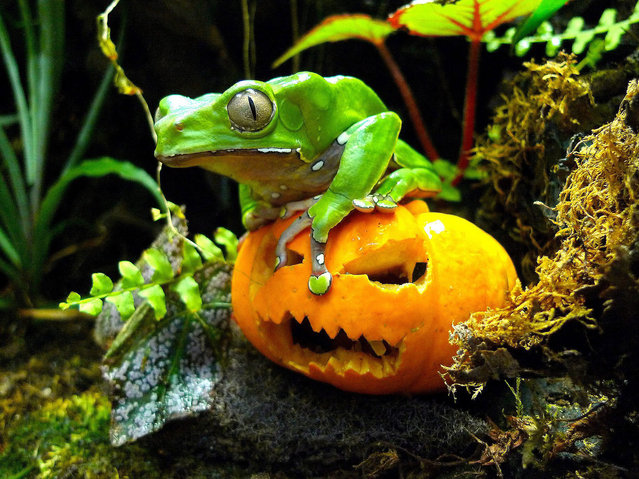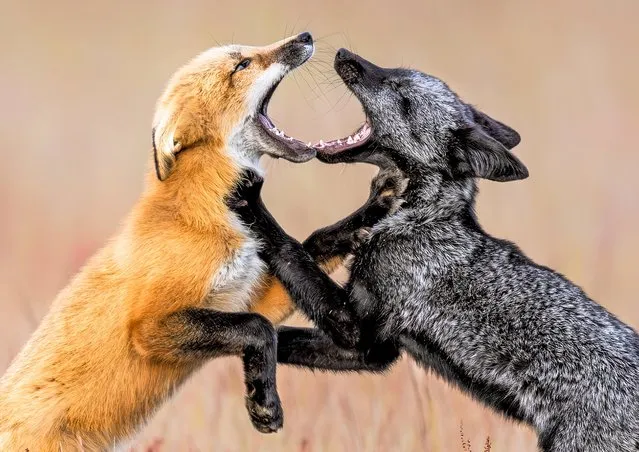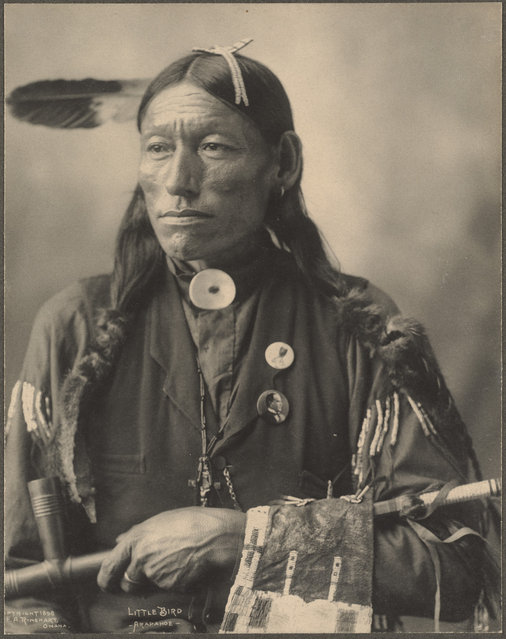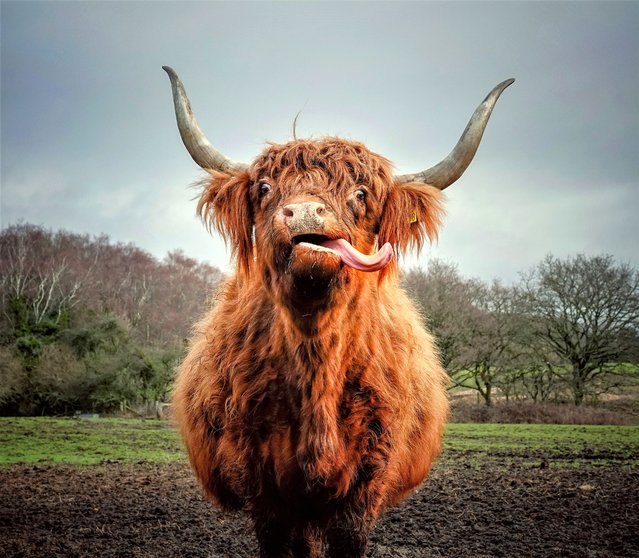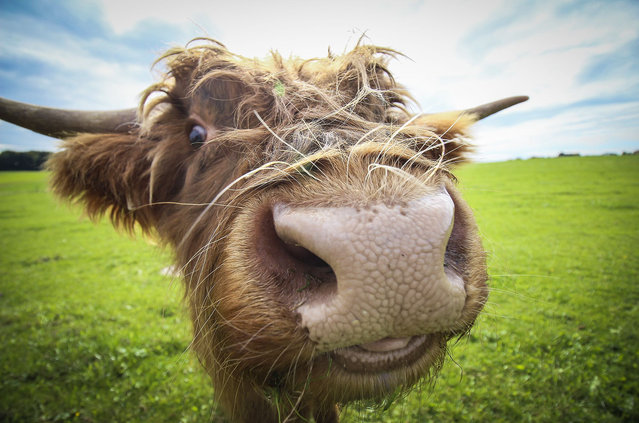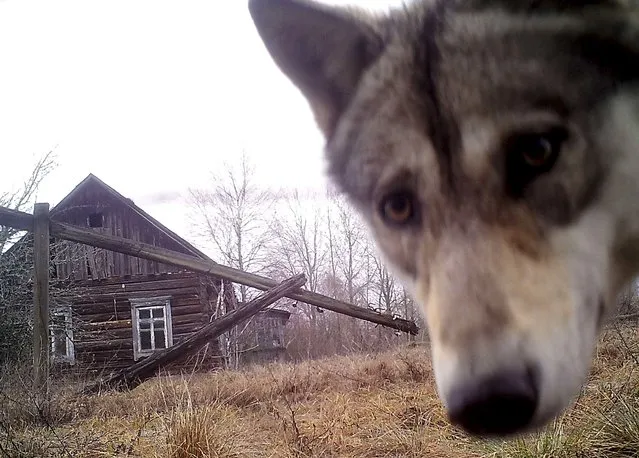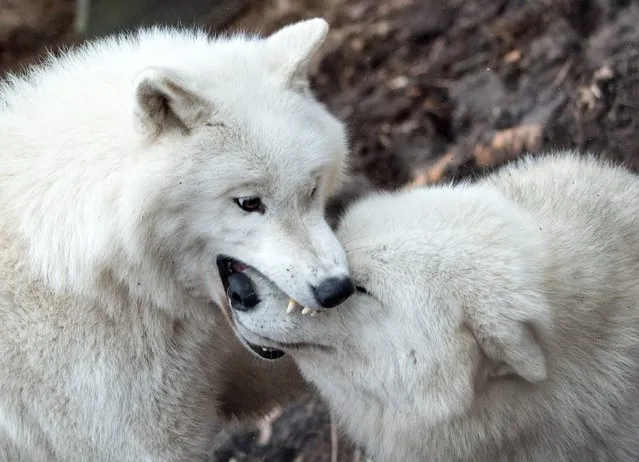
Arctic wolves in their new enclosure in the wildlife park in Hanau, Germany, 10 February 2015. The pack is one of the park's main attractions, which specializes in local and European breeds. (Photo by Boris Roessler/EPA)
14 Feb 2015 13:37:00,post received
0 comments

